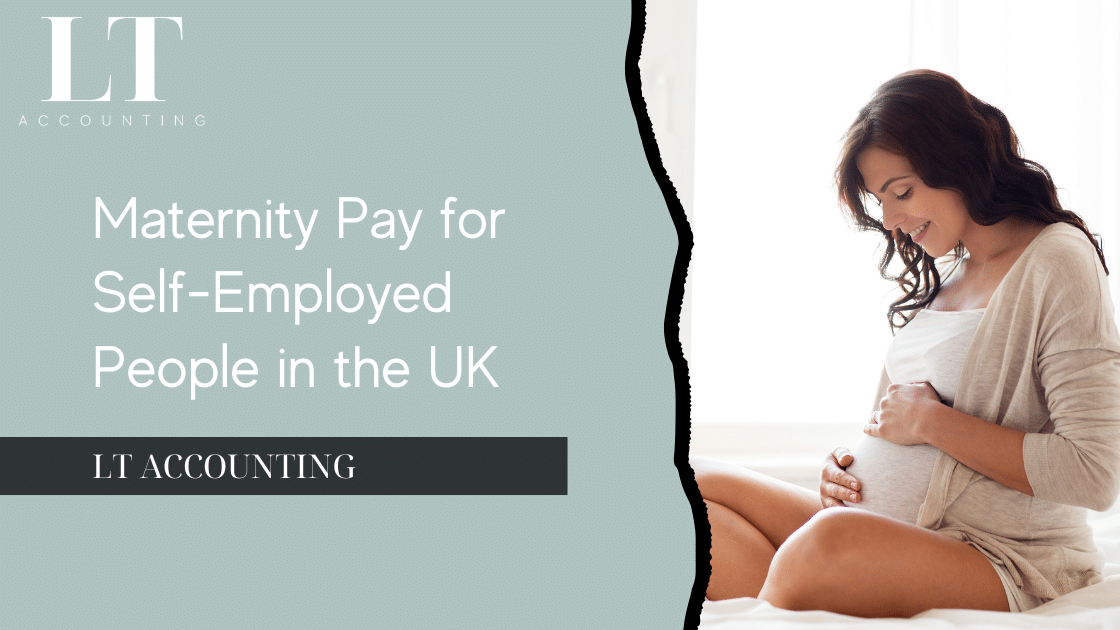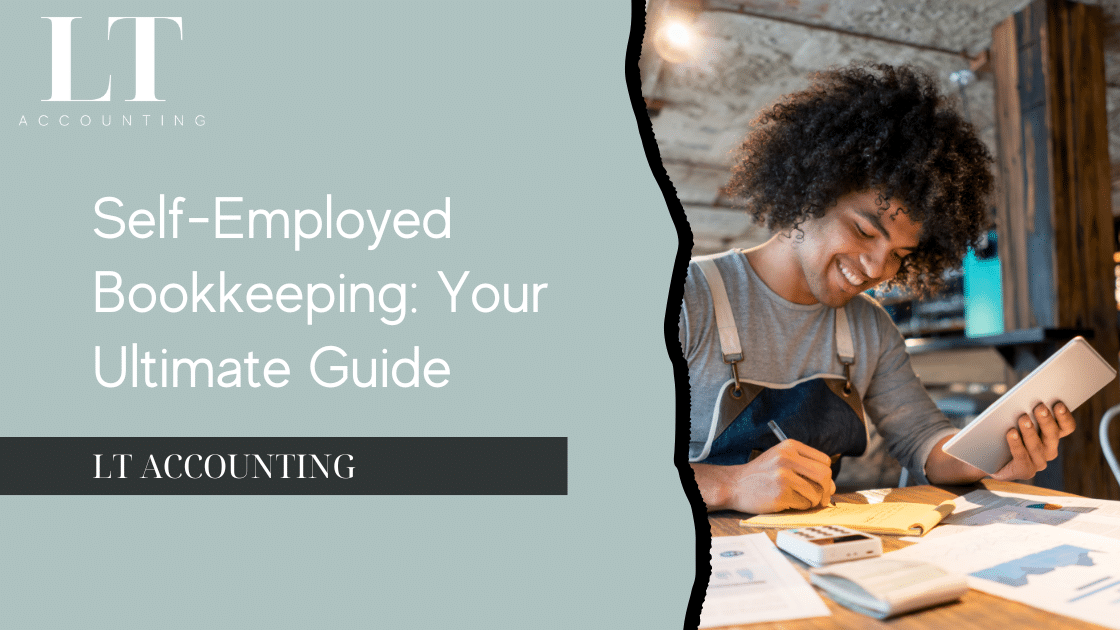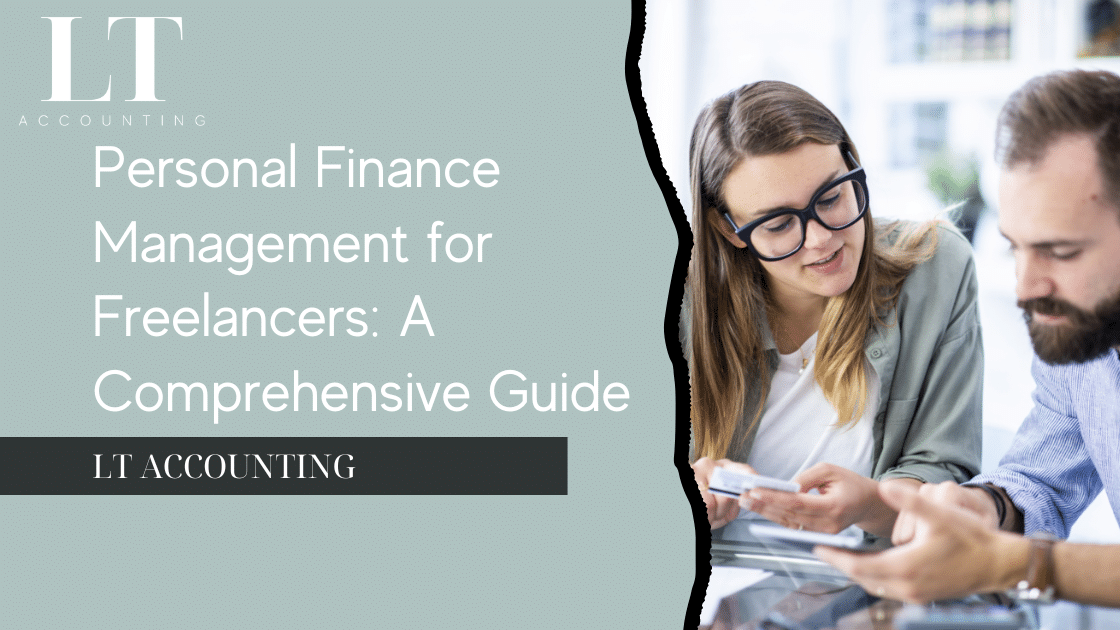Ah, the joys of parenthood! A new chapter in life, filled with sleepless nights and baby giggles. But if you’re self-employed, you might be scratching your head, wondering how maternity pay works for people like you. Fear not; we’ve got you covered. Let’s dive into the nitty-gritty of maternity pay for self-employed people in the UK, ensuring you’re prepared for this exciting journey.
Understanding Maternity Allowance
First things first—self-employed individuals aren’t eligible for statutory maternity pay (SMP). But don’t fret, you can still receive Maternity Allowance (MA), a financial lifeline for self-employed mums-to-be. Maternity Allowance ensures you won’t have to choose between your baby and your business.
Eligibility for Maternity Allowance
To qualify for Maternity Allowance, you need to:
- Be self-employed and registered with HMRC.
- Have paid Class 2 National Insurance contributions (NICs) for at least 13 of the 66 weeks before your baby’s due date.
- Have been self-employed for at least 26 weeks in that 66-week period.
- Earn at least £30 a week on average over any 13-week period.
How Much Can You Get?
The amount you receive depends on your NICs and income. You could get:
- £156.66 a week for 39 weeks if you’ve paid sufficient Class 2 NICs.
- £27 a week for 39 weeks if you haven’t paid enough NICs.
Claiming Maternity Allowance
Here’s a step-by-step guide to claiming Maternity Allowance:
- Gather Required Documents: You’ll need your MATB1 certificate (provided by your midwife or doctor), proof of income (like business accounts or invoices), and evidence of your NICs.
- Complete the MA1 Form: You can find this form on the UK government’s website.
- Send Your Application: Mail your completed form and documents to the address specified on the form.
- Wait for the Decision: It usually takes around 24 working days to process your application. You’ll receive a letter detailing your entitlement.
Maternity Allowance and Taxes
Wondering if Maternity Allowance is taxable? Good news—it’s not! You can focus on your little bundle of joy without worrying about additional tax implications.
Balancing Business and Baby
Balancing a business and a newborn can be tricky, but it’s doable. Here are some tips to help you manage:
- Plan Ahead: If possible, prepare your business for your absence. Train a temporary replacement or delegate tasks to trusted colleagues.
- Automate Tasks: Use technology to your advantage. Automate invoicing, social media posts, and other routine tasks.
- Flexible Working Hours: Adjust your work schedule to fit around your baby’s needs. After all, one of the perks of being self-employed is flexibility.
- Seek Support: Don’t be afraid to ask for help, whether it’s from family, friends, or professional networks.
FAQs about Maternity Pay for Self-Employed People
Can I still work while receiving Maternity Allowance?
Yes, but only for up to 10 “keeping in touch” days. These days allow you to stay connected with your business without losing your MA.
What if I haven’t paid enough Class 2 NICs?
If you haven’t paid sufficient NICs, you’ll receive the lower rate of £27 a week for 39 weeks. Make sure to keep up with your contributions to avoid this.
Can fathers or partners get any financial support?
Yes, they may be eligible for Shared Parental Leave and Pay if the mother or primary adopter returns to work early.
What happens if my baby is born early?
You can start receiving Maternity Allowance up to 11 weeks before your due date. If your baby arrives earlier than expected, your payments can start from the day after the birth.
Can I claim Maternity Allowance if I have another job?
If you have another job alongside your self-employment, you might be eligible for SMP through your employer instead of MA.
Navigating Financial Challenges
Being self-employed means you might not have the financial safety net that employees enjoy. Here’s how to navigate potential financial challenges:
- Savings: Build up a savings buffer before your baby arrives to cover any unexpected expenses.
- Budgeting: Create a realistic budget that accounts for reduced income during your maternity leave.
- Grants and Loans: Explore government grants or low-interest loans designed to support parents and small businesses.
- Insurance: Consider income protection insurance to safeguard against prolonged periods without income.
Returning to Work
When you’re ready to return to work, ease back into your business gradually. Start with a few hours a week and increase your workload as you and your baby adjust. Keep in mind that your business might have changed during your absence, so be prepared to adapt.
Conclusion
Maternity pay for self-employed people might seem daunting, but with a bit of planning and the right information, you can enjoy your time with your new baby without financial stress. Remember, Maternity Allowance is there to support you, and with the flexibility of self-employment, you can create a work-life balance that suits your growing family. So, take a deep breath, embrace the journey, and cherish every moment with your little one.






